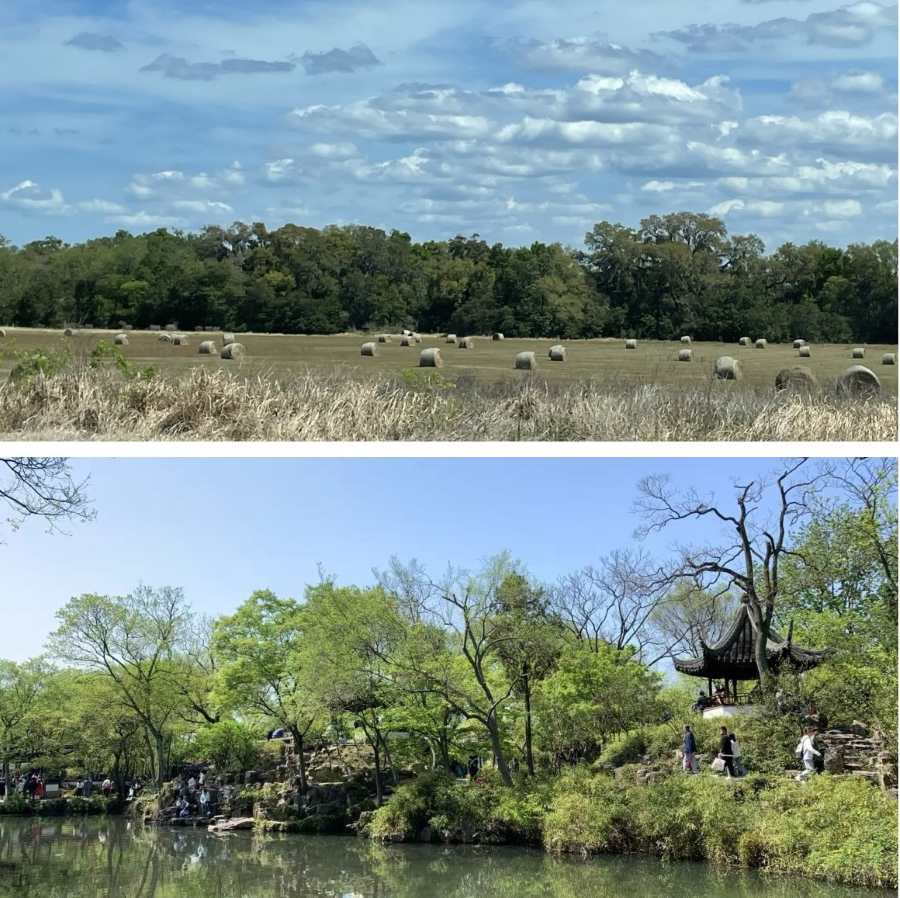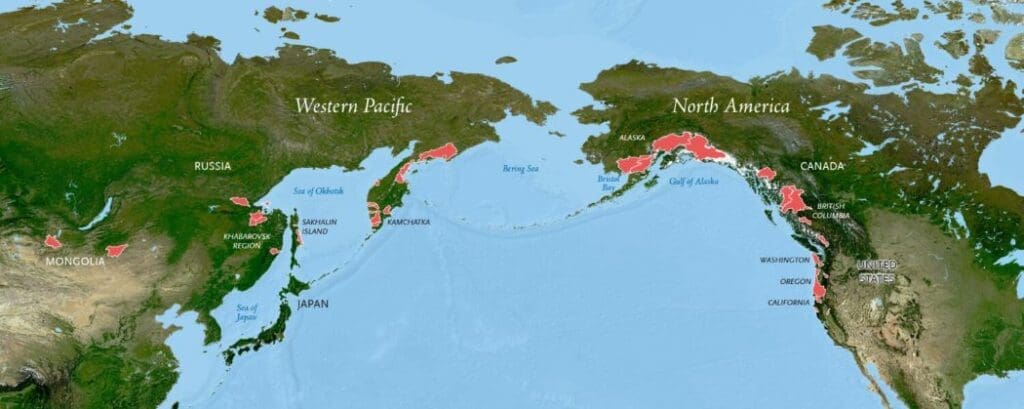Summary:
Spring persistent rainfall, a key climate phenomenon in East Asia, has provided vital water resources to the region since the Miocene. However, climate models and proxies reveal that during the Eocene, this rainfall pattern was more prominent in North America.
Its shift over time was driven by paleogeographic changes, including the uplift of the Tibetan Plateau and the westward drift of the Rocky Mountains, which influenced atmospheric circulation. These findings help explain the Cenozoic evolution of spring rainfall and offer insights into potential climate shifts under future warming.
A study published in Communications Earth & Environment traces the evolution of ‘spring persistent rainfall’ (SPR) over the past 55 million years, revealing a shift from North America to East Asia. Researchers from the Institute of Atmospheric Physics, Chinese Academy of Sciences, found that SPR once prevailed in North America during the Eocene but emerged in East Asia around 15-13 million years ago.
While paleogeography was the primary factor, CO2-induced warming also played a role — suggesting that future climate change could further reshape spring rainfall patterns.

Tracing the geological history of spring rains: Why diminished in North America while emerged in East Asia
In ancient China, spring rains were called “as precious as oil” for their vital role in nature’s spring revival. Today, a unique climate phenomenon known as ‘spring persistent rainfall’ (SPR) prevails in East Asia, bringing about 600 mm of rainfall — more than 35% of the region’s annual mean total rainfall.
But why does North America, despite its comparable geographical setting to East Asia, lack a distinct rainy season like that of East Asia?
A recent study unravels this mystery by tracing the evolution of SPR over the past 55 million years. Led by scientists from the Institute of Atmospheric Physics, Chinese Academy of Sciences, the research reveals how shifts in paleogeography and climate change have shaped the spring rainfall pattern we see today.
Based on time-slice climate simulations and proxy data, the study finds that SPR in East Asia has prevailed since the Miocene (15-13 million years ago), a relatively recent epoch of the Earth’s history with warmer climate than today. Before that, during the Eocene (about 55 million years ago), an epoch featured with the appearance and diversification of many modern groups of organisms, especially mammals and mollusks, SPR only flourished in North America.
This striking contrast is primarily driven by changes in paleogeography, with additional effects from climate change — especially CO2-induced warming.
The key driver of SPR shifts lies in paleogeography — specifically, the uplift of the Tibetan Plateau and the westward movement of the Rocky Mountains as North America drifted. The Tibetan Plateau and the Rocky Mountains not only determine the evolution of SPR in East Asia and North America, respectively, but also exert a remote influence on each other’s rainfall patterns. Together, they triggered a mid-latitude Rossby wave train, altering the position and intensity of subtropical highs and, consequently, spring rainfall patterns.
While climate warming has played a secondary role in the geological evolution of SPR, it is expected to be the dominant driver of future changes.
The Eocene warming, likely exceeding 10 °C relative to today, increased the amount of SPR rainfall and decreased its proportion of the annual total. These changes align with the observed changes in tropical rainfall in today’s warming climate, i.e., the “wet gets wetter” paradigm and the “seasonal delay” phenomenon. This suggests that, under extreme warming scenarios, East Asia’s spring climate could experience changes like those we have already seen in today’s tropics.
Journal Reference:
He, L., Zhou, T., Guo, Z. et al., ‘Cenozoic evolution of spring persistent rainfall in East Asia and North America driven by paleogeography’, Communications Earth & Environment 6, 155 (2025). DOI: 10.1038/s43247-025-02136-0
Article Source:
Press Release/Material by Institute of Atmospheric Physics | Chinese Academy of Sciences
Featured image credit: James Wheeler | Pexels




